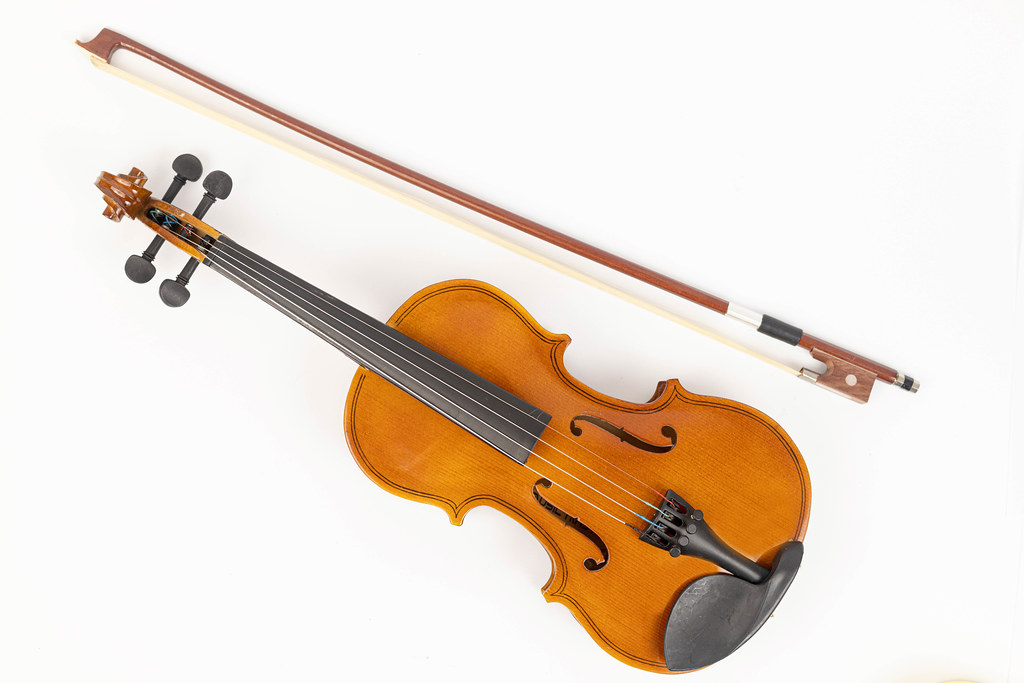There is a certain mystique that surrounds the enchanting world of violins. As the melodic strings are caressed by a delicate horsehair bow, a transcendent symphony comes to life. Whether your violin playing is destined for concert halls or simply for the satisfaction of personal expression, caring for the instrument and its partner-in-crime, the bow, is an essential part of the musical journey. Just like the violin itself, the bow demands some tender love and attention to maintain its pristine condition and ensure its longevity. In this article, we will explore the intricate art of caring for a violin bow, unveiling the secrets to its maintenance and revealing the magic it holds. So grab your rosin, find a comfortable seat amidst the maestro’s symphony, and prepare to embark on a harmonious adventure in violin bow care.

Understanding the Anatomy of a Violin Bow: Components, Materials, and Construction Techniques

Components of a Violin Bow
A violin bow consists of several components that work together to produce sound. These include:
- Stick: The long, slender wooden rod that is typically made from pernambuco, brazilwood, or carbon fiber.
- Frog: The curved part at the bottom of the bow that holds the horsehair and controls the tension.
- Hair: Made from horsehair, it is attached to the bow’s frog and creates friction when drawn across the strings.
- Screw: Located at the bottom of the frog, it allows for adjustments to the hair tension.
- Tip Plate: The metal plate at the tip of the bow that protects it from wear and tear.
Materials Used in Bow Construction
Traditionally, violin bows were made from pernambuco wood due to its flexibility and resonance. However, since pernambuco is now an endangered species, alternative materials such as brazilwood and carbon fiber have gained popularity. Carbon fiber offers durability and stability, while brazilwood provides a warm and rich tone.
Construction Techniques
Bow making involves a meticulous process that requires skilled craftsmanship. The steps typically include:
- Selection and preparation of the wood.
- Bending and shaping the stick.
- Carving the frog and fitting it with the necessary components.
- Attaching the hair and adjusting the tension.
- Applying the tip plate and final touches.
Understanding the anatomy and construction of a violin bow is essential in appreciating the artistry and craftsmanship that goes into creating this vital instrument accessory.
Proper Maintenance Techniques for Ensuring Longevity and Optimal Performance of Your Violin Bow

- Store your violin bow in a protective case or a bow holder to prevent damage.
- Regularly clean the bow hair with a soft cloth to remove rosin buildup.
- Inspect the bow for any damages or loose parts, and repair or replace as needed.
- Avoid excessive tension on the bow hair when tightening, as it can cause warping.
- Apply rosin evenly along the bow hair to maintain grip and sound quality.
- Protect your bow from extreme temperature and humidity changes to prevent warping.
- Rehair the bow when the hair becomes worn or loses its grip.
By following these proper maintenance techniques, you can ensure the longevity and optimal performance of your violin bow.
Insights and Conclusions about How to care for a violin bow?
In conclusion, caring for a violin bow is an essential task that every violinist must undertake to ensure the longevity and performance of their beloved instrument. By following the aforementioned steps and incorporating them into your regular maintenance routine, you can guarantee that your bow remains in optimal condition and continues to produce beautiful melodies.
Remember, just like a delicate dance partner, your violin bow deserves your attention, care, and respect. Treat it with tenderness, clean away the rosin residue, hydrate it when needed, and rehair it regularly. Embrace these practices, and your violin bow will reciprocate with flawless bowing, allowing you to embark on a musical journey filled with harmonious enchantment.
So, make caring for your violin bow an integral part of your musical routine. Your bow will showcase its gratitude in the form of smoother strokes, enhanced tone, and an unwavering support to your artistic expression. Nurture this symbiotic relationship, and you will be rewarded with a seamless bowing experience, truly unlocking the potential of your violin. Happy playing!
